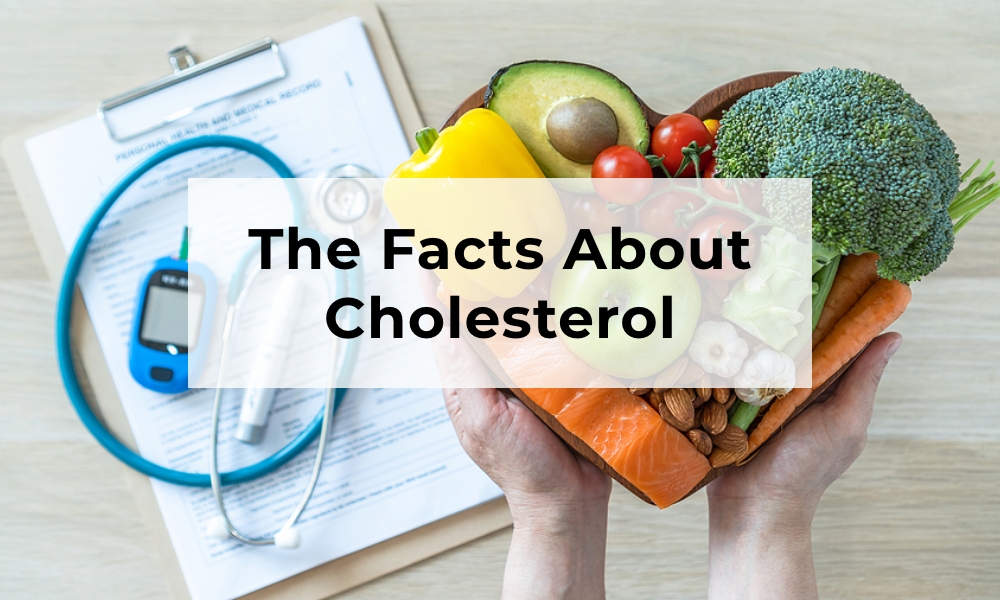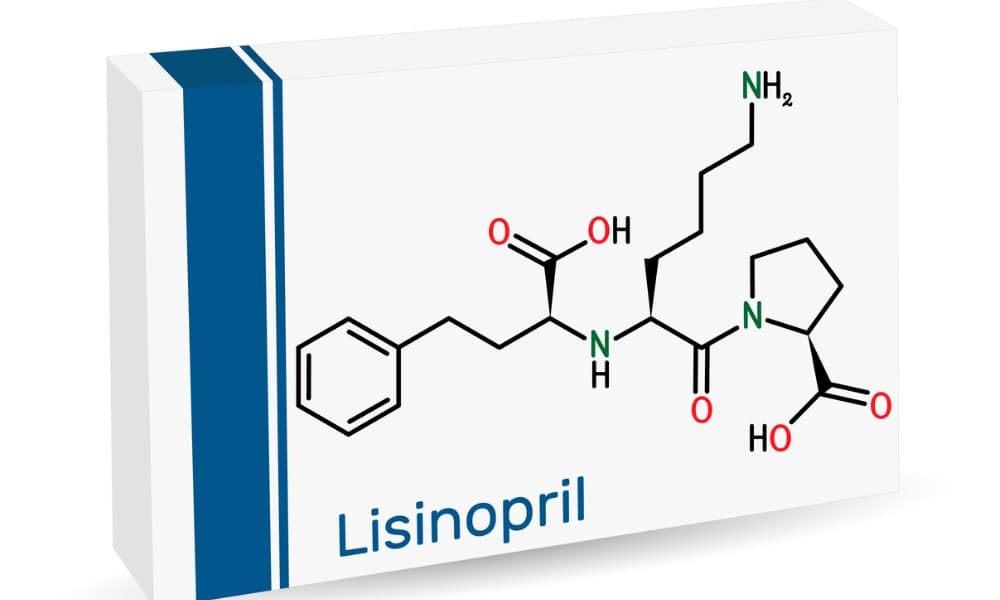September is Ovarian Cancer Awareness Month, so what better time to learn all about this all-too-common condition? In this blog, we’ll cover how to prevent and treat ovarian cancer as well as its symptoms and causes.
Key takeaways:
- Ovarian cancer affects the female reproductive organs
- Ovarian cancer symptoms and causes can vary by individual
- Lifestyle changes, risk-reducing surgery, and genetic testing can help prevent ovarian cancer
- Recognizing early symptoms of ovarian cancer is crucial to improve prognosis
- Treatment may include surgery, chemotherapy, radiation therapy, and targeted therapy
What is ovarian cancer?
Ovarian cancer affects the female reproductive organs and begins when cells in the ovaries divide and multiply abnormally and uncontrollably. It’s a serious condition that accounts for more deaths than any other cancer related to the female reproductive system.
There are more than thirty different types of ovarian cancer, however, most are classified by the name of the cell where the disease originates. These are known as:
Epithelial ovarian carcinomas (EOC)
Accounting for about 90% of all ovarian tumors, this most common type of ovarian cancer begins in the epithelial cells. Subtypes of EOC include serous, endometrioid, clear cell, and mucinous carcinomas.
Germ cell tumors
Ovarian germ cell tumors develop from the reproductive cells that produce eggs (ova). These are typically diagnosed in younger women and have a better prognosis. Variations of germ cell tumors include teratomas, dysgerminomas, and yolk sac tumors.
Stromal cell tumors
Stromal cell tumors are formed from the connective tissue that holds the ovaries together. This type of ovarian cancer can produce estrogen and progesterone and disrupt a woman’s hormonal balance. Thecoma, granulosa cell tumors, and Sertoli-Leydig cell tumors are examples of ovarian stromal tumors.
While these are just a few of the most common types of ovarian cancer, they (and others) all share some common roots.
Risk factors for ovarian cancer
The exact cause of ovarian cancer remains unknown; however, certain factors are thought to increase a woman’s risk of developing the condition. These include:
- Age: specifically, women over age 50
- Family history: family history of ovarian, breast, or colorectal cancer
- Personal history: previous experience with breast, uterine, or colorectal cancer
- Gene mutations: inherited mutations in the BRCA1 and BRCA2 genes
- Menstrual history: early onset of periods (before 12 years) and late menopause
- Hormone therapy: prolonged use of estrogen-alone hormone replacement therapy
- Childbearing: women who have never given birth or have their first child after the age of 35
- Weight: obesity is associated with an increased risk
- Environmental factors: exposure to certain chemicals or toxins
While many of these risk factors are beyond a woman’s control, there are things every woman can do to reduce her risk of developing ovarian cancer.
Prevention of ovarian cancer
Ovarian cancer can be deadly, so it’s important to look after your health and focus on preventing this often-devastating disease. You may want to consider:
Lifestyle changes
Leading a healthy lifestyle is a driving factor in preventing cancer in general. This involves maintaining a healthy weight, eating a balanced diet, and engaging in regular physical exercise. Similarly, you should avoid smoking at all costs and limit your alcohol intake to reduce the risk of developing cancer.
Risk-reducing surgery
Individuals at a high risk of developing ovarian cancer, such as those with genetic mutations or family history, may choose a risk-reducing surgery. This procedure is known as bilateral salpingo-oophorectomy and involves removing both ovaries as well as the fallopian tubes.
Genetic testing and counseling
Another effective way of preventing ovarian cancer is by opting for a genetic test. If you do identify mutations in genes like BRCA1 and BRCA2, speak to a genetic counselor and ask about the implications of the results.
Symptoms of ovarian cancer
When it comes to detecting ovarian cancer, symptoms can be subtle, and therefore, easily confused with other conditions, such as:
- Endometriosis
- Uterine fibroids
- Pelvic or abdominal infections
- Polycystic ovary syndrome (PCOS)
- Pelvic inflammatory disease (PID)
- Gastrointestinal issues like irritable bowel syndrome (IBS)
- Urinary tract infections or other urinary conditions
That said, early detection is a key to the successful treatment of many cancers, including ovarian cancer. So it’s important to be aware of any symptoms you may experience, including:
Early symptoms
- Bloating
- Pelvic or abdominal pain
- Back pain
- Irregular menstrual cycle
- Sudden weight loss
- Increased need to urinate
- Constipation or diarrhea
- Lack of energy or fatigue
- Inability to eat or typically feeling full quickly
Advanced symptoms
- Extreme nausea or vomiting
- Shortness of breath or difficulty breathing
- Accumulation of fluid in the abdomen (ascites)
- Noticeable changes in appetite and extreme weight loss
- Persistent pain in the pelvic or abdominal area
- Severe swelling or bloating in the abdomen region
If you experience any of the symptoms listed above, please consult a healthcare professional. Your doctor can perform tests to determine the specific issue and recommend treatment options.
Treatment of ovarian cancer
Ovarian cancer treatment is tailored according to the specific stage and type of cancer that a patient has. However, Doctors will typically adopt a multi-faceted approach and combine various forms of treatment to alleviate symptoms, target the cancer, and enhance the patient’s quality of life. Depending on the individual circumstances, ovarian cancer treatment may include a combination of:
Surgery
More often than not, surgery is the primary treatment for ovarian cancer. This can include removing the ovaries, fallopian tubes, and uterus (hysterectomy), as well as nearby lymph nodes and tissues. In more advanced cases, nearby organs or tissues may also be removed to reduce the burden of the tumor.
Chemotherapy
Chemotherapy is a systemic cancer treatment that uses powerful drugs to eliminate cancer cells. It’s typically used before surgery to shrink tumors or after surgery to eliminate any residual cancer cells. This form of treatment can cause extreme side effects such as fatigue, nausea, hair loss, and low blood cell counts.
Radiation therapy
Radiation therapy uses high-energy rays to target and kill cancer cells. This is typically prescribed if the ovarian cancer has spread to surrounding tissues or if the cancer recurs. Nausea, fatigue, and vomiting are also common side effects of radiation therapy.
Targeted therapy
Targeted therapy is a more modern approach that uses drugs to target specific and unique features of cancer cells and differentiate them from normal, healthy cells. This form of treatment aims to inhibit these molecules from growing and slow down the proliferation of cancer cells. This form of treatment tends to have fewer side effects than chemotherapy and radiation therapy.
No matter what type of treatment your doctor prescribes, you’ll need to take steps to take care of yourself, including eating a healthy diet, getting an appropriate amount of exercise, and, especially, managing stress, which is only compounded by a cancer diagnosis.
Dealing with Your Diagnosis
Dealing with a cancer diagnosis is difficult enough as it is. The last thing you want to worry about is the financial cost. To help relieve this common burden of chronic disease, ModRN Health can help you find the best prices for your prescription drugs.
Our price comparison tool helps customers scope out the best prices from local pharmacies. You can even win reward points for refilling prescriptions and referrals. And it couldn’t be easier. Just visit our website to sign up for a free account, and you can start saving up to 90% on your medications today.








